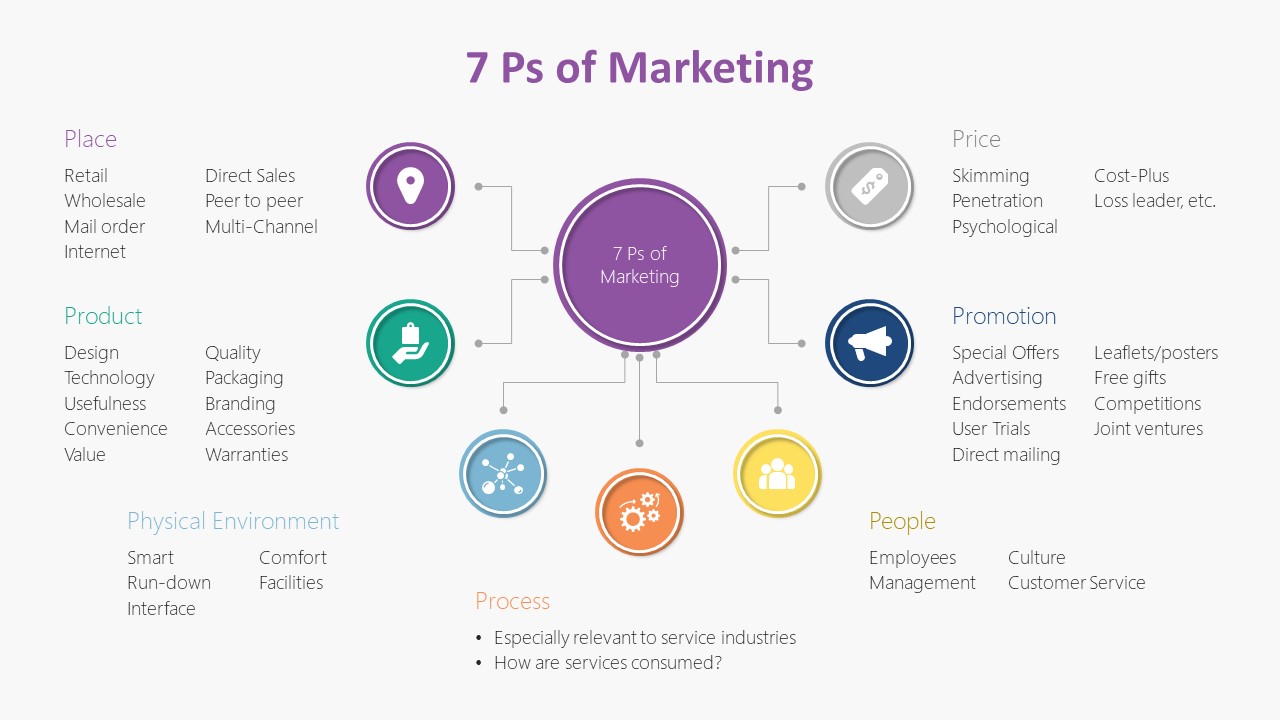
Automobiles Ī common use for MSRP can be seen in automobile sales in the United States. The discount stores benefit from exorbitant MSRPs because the discount offered increases the perceived value to customers. The term "suggested" can be misleading because in many cases, the MSRP is extremely high compared to the actual wholesale cost, opening the market to " deep discounters", who are able to sell products substantially below the MSRP but still make a profit. Many manufacturers have adopted MSRP, a price at which the manufacturer suggests the item be priced by a retailer. These were determined to be in restraint of trade. The fixed prices could offer some price protection to small merchants in competition against larger retail organizations. Under earlier US state Fair Trade statutes, the manufacturer was able to impose a fixed price for items. In the United States, the list price is referred to as the manufacturer's suggested retail price or MSRP. In 1998, the Secretary of State for Trade and Industry prohibited the placing of RRP on electrical goods under the "Domestic Electrical Goods Order", but this ruling was lifted by the Competition Commission in February 2012. In the United Kingdom, the list price is referred to as a recommended retail price or RRP. India and Bangladesh do not use list prices but instead have a maximum retail price. List price often cannot be compared directly internationally as products may differ in detail, sometimes due to different regulations, and list prices may or may not include taxes. The suggested price is sometimes unrealistically high, so the seller can appear to be offering a discount. Retailers may charge less than the suggested retail price, depending upon the actual wholesale cost of each item, usually purchased in bulk from the manufacturer, or in smaller quantities through a distributor. Resale price maintenance-fixing prices-goes further than suggesting prices, and is illegal in many countries.

Suggested pricing methods may conflict with competition theory, as they allow prices to be set higher than would be established by supply and demand. The list price, also known as the manufacturer's suggested retail price ( MSRP), or the recommended retail price ( RRP), or the suggested retail price ( SRP) of a product is the price at which its manufacturer notionally recommends that a retailer sell the product. On the other hand, if a manager is uncertain about their patent and asset protection they should consider pricing somewhere in the middle to lower end of the corridor.This 1916 advertisement distinguishes the list price and a lower our special price. For example, if the product or service has strong patents and hard-to-imitate service capabilities one can use upper-boundary strategic pricing to attract the mass of buyers. The higher the level of protection against imitation, the higher the strategic price can be within the price range that still attracts the mass of target buyers.

Next, determine how high or low the strategic price should be set within the corridor without inviting imitation from the competition.Ī company must consider two sets of factors: the level of legal and resource protection the new offering has to block imitation, and secondly the degree to which the company owns some exclusive asset or core capability that can also block imitation. Managers should consider two categories of products/services that are beyond an industry’s boundaries in identifying the price corridor of the mass: products and services that take different forms but perform the same function, and products and services that have different forms and functions but serve the same objective.
#2 BY 2 PRICING METHOD MAP MOVIE#
For example, buyers can choose between several movie theatres, but they can also decide to go to restaurants and bars. Key to determining the strategic price is for managers to understand the price sensitivities of buyers who will be comparing the new offering with a host of very different-looking products and services offered outside the group of traditional competitors. To set the strategic price, first identify the price corridor of the target mass, that is, the price range that attracts the mass of target buyers.


 0 kommentar(er)
0 kommentar(er)
